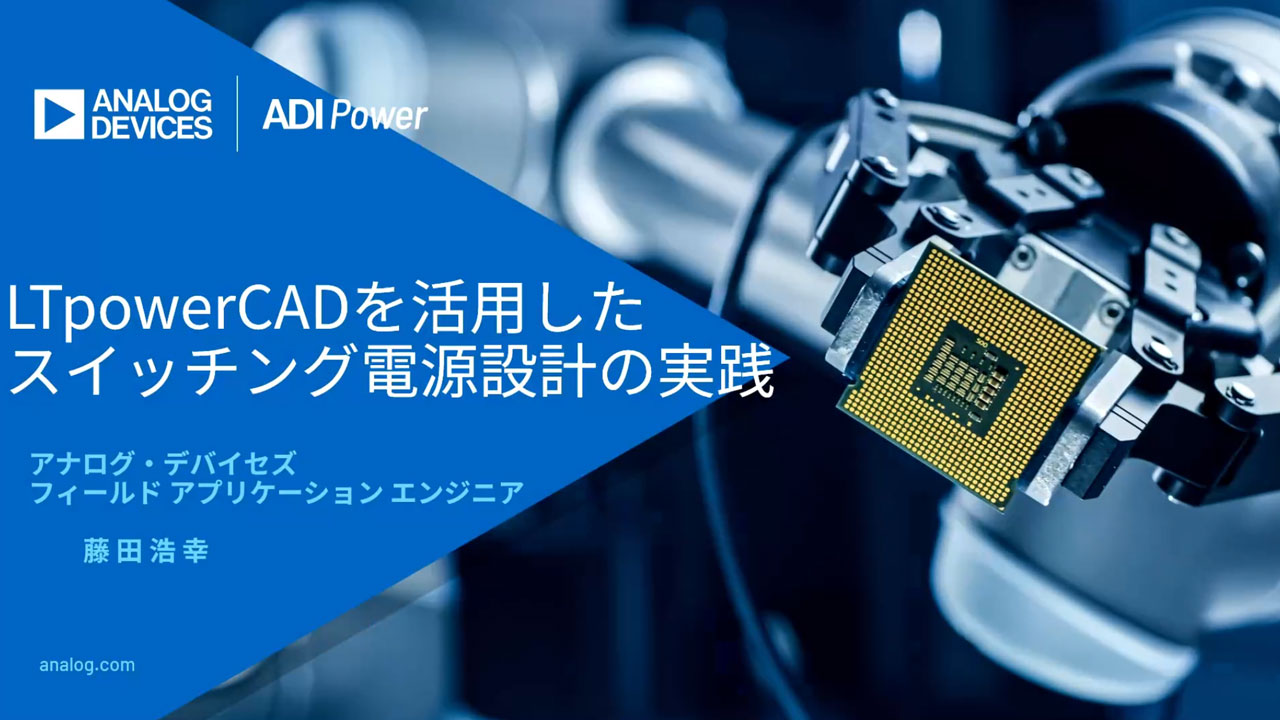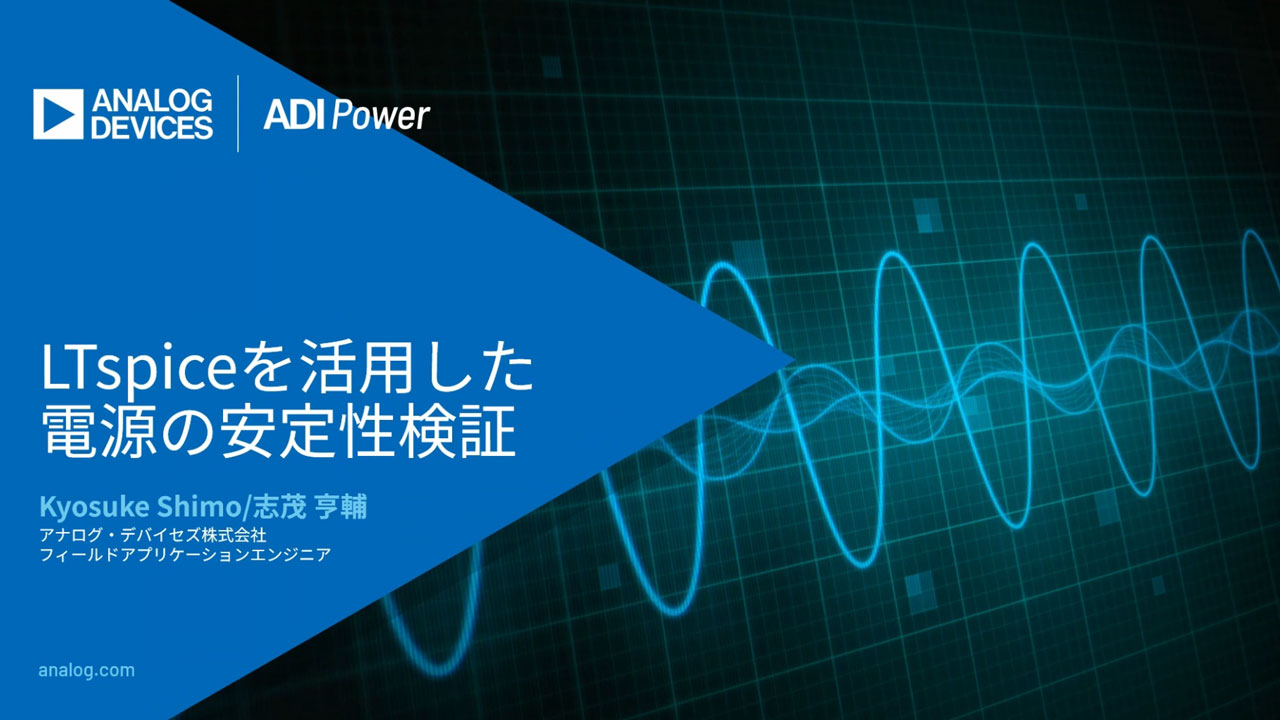Standard IEEE 802.3 Ethernet has been a fixture of workstations, network switches, modems, and routers, as well as consumer electronics such as PCs and Macs for decades now. It has long since eclipsed would-be competitors like token ring and token bus on those fronts.
However, it was never really designed on its own for industrial automation. Shortcomings such as its original reliance on CSMA/CD media access control methods, its best effort handling of network traffic, its noise (that is, transporting many different types of traffic over the same wire), and its overall lack of determinism made it an unviable alternative to the digital fieldbuses traditionally deployed in most automation and control systems.
Innovations and Implementations of Industrial Ethernet
The solution to these aforementioned issues was the development of application layer protocols, such as PROFINET®, EtherNet/IP®, EtherCAT®, and others that could run on top of an Ethernet network while using their own special mechanisms to ensure determinism for time sensitive data. While each protocol is unique, between them they have introduced several important innovations to the automation industry:
- Some of them, including PROFINET, are fully compatible with a standard TCP/IP stack and can support one alongside their real-time channels.1
- Ordinary switches and other standard Ethernet infrastructures can be used when implementing a protocol such as EtherNet/IP, which helps control equipment costs.
- EtherCAT introduced the principle of pass-through reading (or on the fly processing) that eliminates single-node targeting and allows for maximum bandwidth utilization.2
- Others have made significant modifications to Layers 2 through 4 of the open systems interconnection model to achieve determinism.
- The availability of many of these protocols as open standards (and the use of a commercial technology like Ethernet) has helped to sustain their development, although there is still no way to have them all interoperate deterministically.
These breakthroughs have been more than sufficient to make industrial Ethernet a major fixture in control systems around the globe. As of 2015, industrial Ethernet solutions collectively accounted for about ⅓ of all installed nodes.3 Legacy fieldbuses still have the lion’s share of deployments, but Ethernet is growing at a faster annualized rate. The ongoing development of time sensitive networking—a set of updates to IEEE 802.1 and IEEE 802.3—should continue that trend and address the interoperability issue, too.
One obstacle that could get in the way of updating to Ethernet is an unclear implementation plan. Let's look at how an industrial plant might get started on the road from fieldbus to Ethernet.
Defining Your Application Requirements
The point of industrial Ethernet is to provide determinism for the demanding applications that really need it. Examples include motion control and safety, both of which can benefit from the reliability and extra bandwidth that Ethernet solutions bring to the table. These applications are fundamentally different than the diagnostics and the HTTP and FTP traffic that is typically carried over standard Ethernet.
In a normal TCP/IP stack, a cycle time of 100 ms or more is common. Applications that benefit from industrial Ethernet are going to be well under that threshold, perhaps even under 1 ms. The ones listed previously, as well as control loop apps more generally, are prime examples of what is positively impacted by such a switch. They must traverse their respective physical systems quickly and with precise, predictable timing characteristics (so jitter must be kept to an absolute minimum).
Knowing the ideal cycle time for an application helps later on when selecting a protocol. It provides insight into whether a hard real-time or soft real-time solution will be required in the end.
“Control loop applications require short cycle times.”
Map Out the Network Topology
The most recognizable Ethernet topology is the star, due to its prominence in enterprise networking. A star topology wires each device to a multiport Ethernet switch. Alternatives include line and ring topologies.
- In a line topology, end devices are connected from one to the next in sequence, which can conserve wiring and switch infrastructure. Its main issue is that if a node, or a link between two nodes, fails, then the nodes on either side of it become unreachable.
- In a ring topology, each device is connected to exactly two others in a literal ring. Rings are better than lines for redundancy for this very reason. Layer 2 protocols, such as device-level rings, have been introduced to address issues such as infinite traffic circulation.
Note that embedded two-port Ethernet switches are needed to support both line and ring topologies. Also, bear in mind that topologies vary between protocols. For example, EtherCAT’s distinctive self-terminating technology, which terminates the network if a node does not detect another node in the string, makes it possible to support line, star, and ring topologies with this one protocol.
“Industrial control and automation networks generally use unique topology,” explained an article in the Industrial Ethernet Book.4 “Unlike typical office Ethernet ‘star’ networks where a multiport switch provides point-to-point links to the other nodes, the control layer of an industrial network is usually based on a ring layout. A ring or daisy chain simplifies cabling and can extend Ethernet’s reach without going to the expense of a fiber-based system.”
Weigh Your Options for Industrial Ethernet Protocols and Semiconductors
Many plants require compatibility between their products and multiple systems and, as such, rely on more than one Ethernet protocol. Industrial networking solutions such as the Analog Devices RapID® Platform network interface make this possible by including everything you need—software, protocol stacks, etc.—in one convenient package that can be connected to your host processor without any changes to the host application hardware or software.
Selecting a semiconductor is an important part of industrial Ethernet implementation. In other cases, you may only need one protocol, meaning that it will likely be worth the time to compare the individual characteristics of each one, such as what cycle times they support and how they interact with standard TCP/IP traffic. PROFINET is a good example of this, since its RT and IRT variants cover different use cases.
Beyond the protocol, you have to make decisions about the supporting hardware and software components that will be or are already in place. The types of Ethernet Mac devices you purchase will depend on what topologies you have planned out, which, in turn, depends on what protocols you have selected for your automation and control systems.
Test Your New Network Interface
Once you have made your choice regarding application requirements, topology, protocols, and hardware/software, it is time to start testing the new network interface to ensure its optimal functionality. A reference design can be very helpful at this phase, as it can provide the schematics, block designs, design guides/files, documentation, and bills of materials needed for implementation.
You will also want to make sure that all of the APIs you are using are also well documented. A developer portal will usually be the go-to source for relevant information here. Beyond that, direct contact with your manufacturers and vendors is the best way to get timely responses to any questions and concerns about implementation.
This support is definitely essential as you vet the system and ensure that Deterministic Ethernet requirements are fully met. Overall, the selection of an experienced manufacturer is one of the most important steps in easing the setup of the Ethernet interface schematic and supporting firmware and software.




















